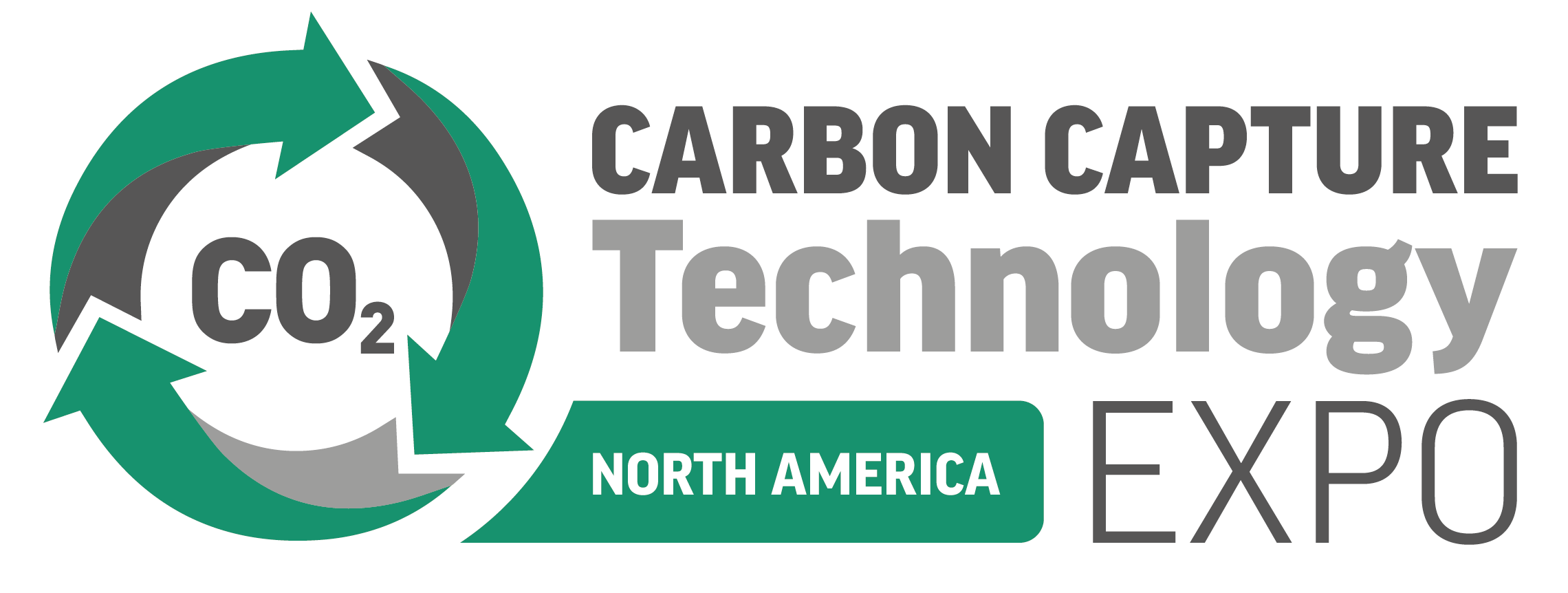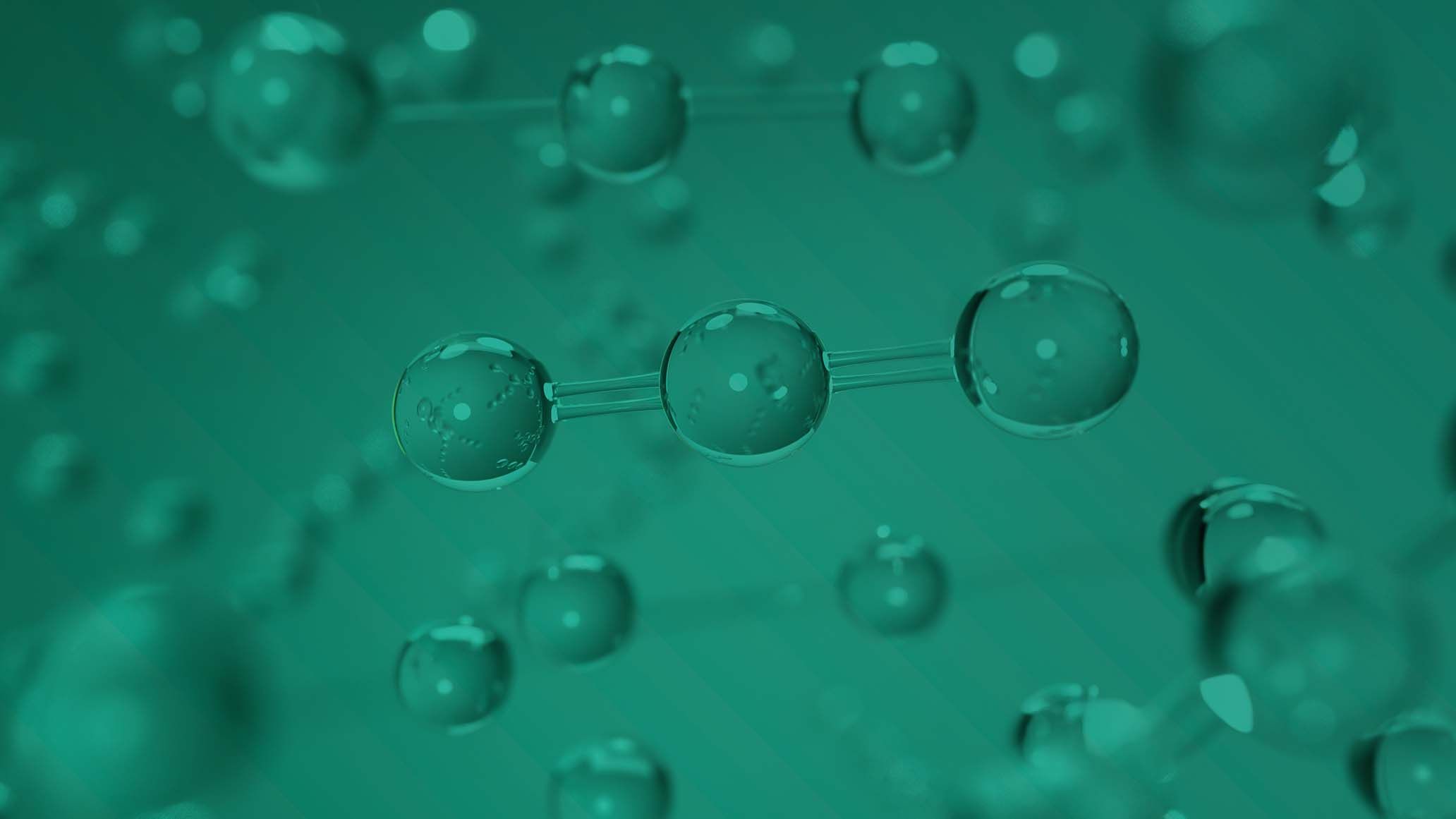Scientists discover a method to convert CO2 into household chemicals through using a catalyst
)
It was recently discovered that a low-cost, tin-based catalyst created by Argonne Laboratory, is able to convert CO2 into three widely produced chemicals. These chemicals are ethanol, acetic acid and formic acid.
Through a collaborative project which involved, the U.S. Department of Energy’s (DOE) Argonne National Laboratory, Northern Illinois University and finally Valparaiso University, the groundbreaking catalysts were discovered. The scientists involved in this project discovered a family of catalysts which efficiently convert carbon dioxide into ethanol, acetic acid and formic acid. This technique has many benefits as these liquid hydrocarbons are some of the most commonly and frequently produced chemicals within the U.S. and they are therefore found in a multitude of commercial products. This can be shown in the way ethanol is a key ingredient in numerous household products and it is commonly used as an additive in nearly all U.S. gasoline.
The way the scientists collaboratively came across this breakthrough, was through a method called electrocatalytic conversion. This is when CO2 conversion over a catalyst is driven by electricity. The team also found that through experimenting with varying the size of the tin in use, such as switching from single atoms to ultrasmall clusters, or even to larger nano-crystallites, it become possible to control the CO2 conversion to acetic acid, ethanol and formic acid, respectively. It was shown that each of these chemicals displayed a selectivity rate of 90% or higher.
Senior chemist at Argonne and a senior scientist in the Pritzker School of Molecular Engineering at the University of Chicago, Liu commented, “If fully developed, our catalysts could convert the CO2 produced at various industrial sources to valuable chemicals. These sources include fossil fuel power plants and bio-fermentation and waste treatment facilities.” Liu continued, “Our ultimate goal is to use locally generated electricity from wind and solar to produce desired chemicals for local consumption.” Liu concluded, “If we can selectively produce only the chemicals in need near the site, we can help to cut down on CO2 transport and storage costs. It would truly be a win-win situation for local adopters of our technology.”
This project was supported by two DOE Office of Science user facilities at Argonne, these were the Advanced Photon Source (APS) and Center for Nanoscale Materials (CNM).
An Argonne physicist, Chengjun Sun, mentioned, “Using the hard X-ray beams available at the APS, we captured the chemical and electronic structures of the tin-based catalysts with different tin loadings.”



)
)
)
)
)
)
)



)
)
)
)
)
)
)
)
)
)
)
)
)
)
)
)
)
)
)
)
)
)

)

)
)
)

)
)
)
)
)
)
)
)
)
)
)

)

)
)
)
)
)
)
)
)
)
)


)
)
)

)
)
)

)
)
)
)
)
